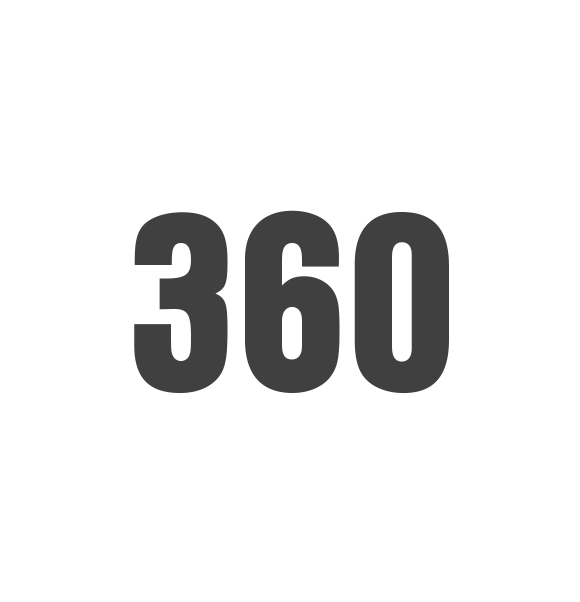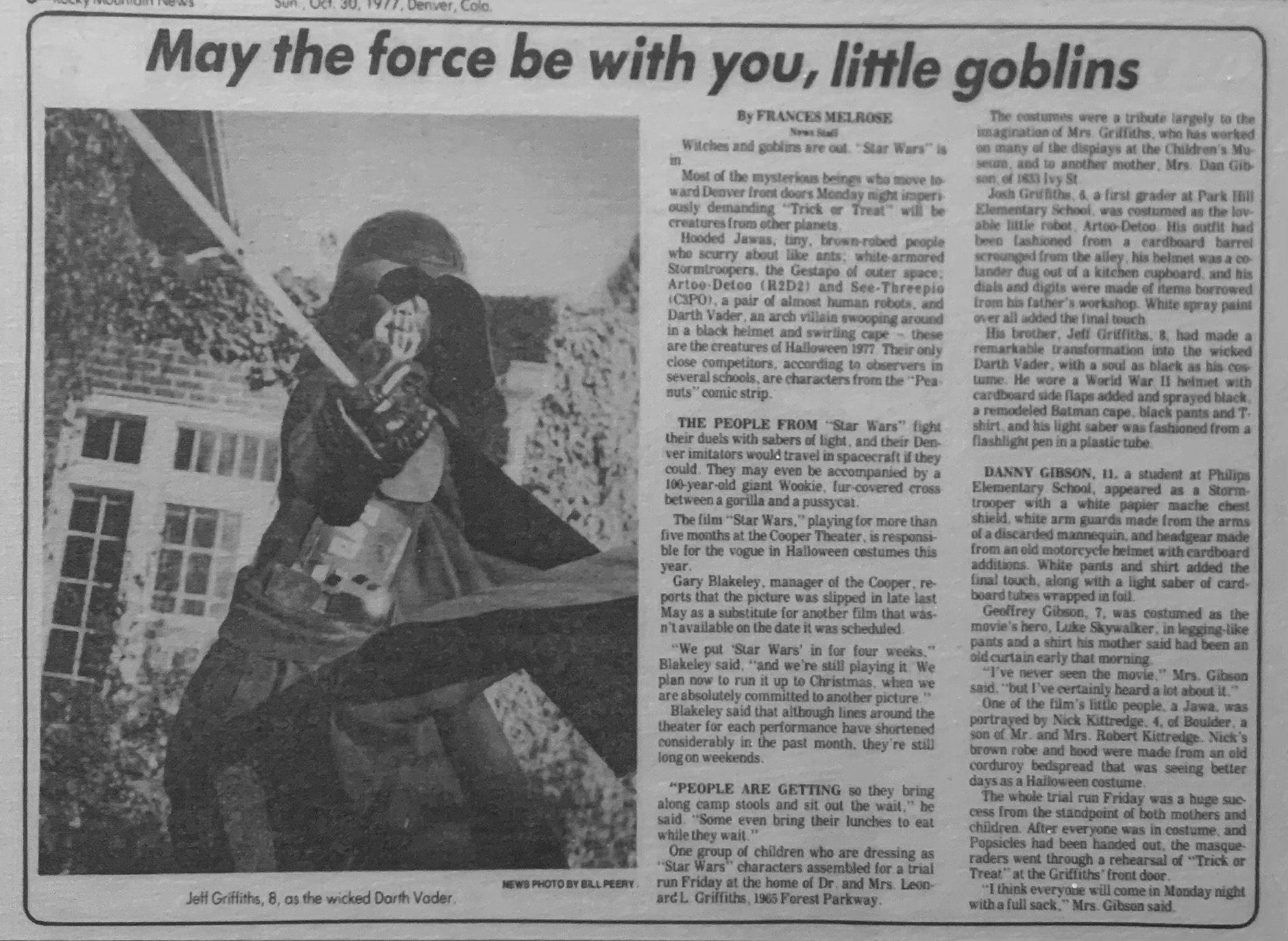I’ve always been fascinated by human emotions. It’s not enough for me to feel something; I really want to understand why I’m feeling what I’m feeling, particularly when I’m upset or uncomfortable. For instance, if I notice I’m feeling needy, I try to figure out why. Is it because I need more time with friends or maybe some time alone? Do I need to be out in nature or get a good workout? Could it be that I’m craving more professional achievement or a sense of accomplishment? I’ve realized that while these things can help me feel better for a while, they don’t always provide a lasting solution.
I firmly believe that once a need is met, it disappears. The issue is that we often don’t recognize our own needs. Because it’s easier to blame someone else for how we feel, it becomes a knee-jerk reaction; however, this doesn’t truly solve the problem. If you’ve ever yelled at someone and then had a regret hangover afterward, you understand what I mean. Feeling regret is a clear sign that the blame was misplaced. Projecting blame in an attempt to find a solution or reduce our discomfort is a natural human tendency. However, we can learn to use that discomfort as an opportunity for growth. The fact is, however, it’s challenging. And probably why so many of us struggle to do it. But herein lies our true power.
My husband has been the target of this blame on many occasions, and while there may be some reason for it, more often, my anger has nothing to do with my husband. Fortunately, I am an avid journaler and use my journal to process or vent about what’s happening in my life, so I don’t have to always unload on my husband. It’s a place for me to scream my frustration into words instead of actual screams. And while I can often get to the root of the problem, as I explore an issue or peel back layers, I often struggle to find the true source of my problem. Because, did I mention before, this is hard work?
Recently, I discussed my view on the hierarchy of needs with my husband. I felt proud of coming up with the idea myself. But, since my husband was a psychology major and very smart, he responded, “Yes! Maslow’s hierarchy of needs.” Duh. This was not an original idea; it had been around for years. I had only a vague memory of this hierarchy and decided to look it up, and I was struck by how similar it is to the chakras.
To simplify, chakras are points along the spine where many energy channels, known as Nadis, intersect. These energy centers are called chakras, which literally means "wheel" or "wheel of energy." Our first chakra, or root chakra, is located at the base of the spine. Next is the sacral, then the solar plexus, the heart, the throat, the third eye, and finally, the crown at the top of the head. Ideally, as we develop our chakras, they, like bones, grow stronger. Just as bones can break or fracture, causing misalignment, chakras can become blocked, creating imbalances. However, a broken bone is simple to see (and feel!), but you can’t put a cast or a band-aid on a chakra; it needs to be opened so energy can flow freely. When the chakras are imbalanced, we are, too. This may show up in emotional, spiritual, or physical ways. Furthermore, if we fail to meet our developmental needs from childhood, we may never reach the higher chakras—those that relate to love, self-expression, wisdom, and enlightenment. This isn’t to say that we can never feel love or experience the benefits of the higher chakras, but we will constantly risk falling back into patterns rather than moving beyond them. Furthermore, opening the heart is akin to opening the eyes. We see things more clearly and broadly, and we have a greater capacity to shift our perspective. This is where we experience those beautiful A-HA moments. There is no need for blame, as we now see things with clearer vision. In other words, no more yelling at my hubby!
I am currently participating in a training for health professionals and yoga teachers called Yoga for Mental Health. Much of the training focuses on recognizing the various ways in which people don’t feel safe and how to strengthen the first three chakras, where safety, grounding, and growth were compromised. By using language, posture, mudras, breathwork, and other techniques, we learn to create a sense of safety in both the body and the mind, allowing us to move onto the higher chakras. Because, as Maslow’s theory states, if we never feel safe or grounded, we won’t have a strong foundation to build on. But here is the problem: we often don’t realize that we have unmet needs, and when these needs are triggered, we lash out and blame others. Moreover, if we aren’t self-aware, we believe our blame is justified. We feel empowered by this anger, and if it goes unchecked, not only do we unfairly blame others, but we also miss the opportunity for personal growth. If we never grow as individuals, how can we grow as a community? A country? A world?
But there's a solution: yoga. I know this might sound silly, and since I am a yoga teacher, I might be biased, but it really works. Yoga is a system that serves as a primer. If we want lasting change, we need a primer—enter yoga. Yoga isn’t just about postures or poses; it’s a complete system designed for growth. It’s gentle, it doesn’t impose, and it meets you where you are—the poses, breathing, and quiet help you release blockages in a safe, supportive environment. Recently, I took a class with an instructor who themed the session around Halloween and superheroes. He jazzed up typical poses inspired by the Dark Knight or Wonder Woman. We crossed our arms in protection, opened our chests, and soared through the sky. I didn’t hold back as Hans Zimmer’s music boomed in the background. Did I mention yoga can be fun too? (My husband said he’d join me when the theme is Star Wars.)
However, whether a class is themed or not, it still checks a box. A box you might not even realize you're checking. And that’s the beauty of it. It simply happens. The magic begins when you step through the door. Like anything, it takes time and patience. But it’s definitely worth it, and you might walk out feeling superhuman.
My husband, Jeff, as Darth Vader 1977


